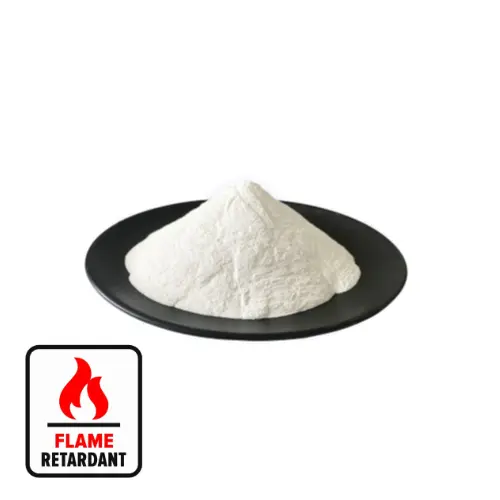We know that both magnesium hydroxide and aluminum hydroxide can be used as flame retardants, so what is the relationship between them? What are the differences? Let’s take a look.
Flame retardants can be divided into two categories according to their chemical composition: organic flame retardants and inorganic flame retardants. Organic flame retardants are further divided into two series: phosphorus series and halogen series. Since organic flame retardants have decomposition products that are highly toxic and smoky. These shortcomings are gradually being replaced by inorganic flame retardants.
Aluminum hydroxide and magnesium hydroxide are the two most important inorganic flame retardants. Their common features are environmental friendliness, flame retardancy, smoke suppression and filling functions. Aluminum hydroxide is one of the earliest applied inorganic flame retardants. As a flame retardant, aluminum hydroxide has the characteristics of good stability, non-toxicity, no corrosive gases, long-lasting flame retardant effect, and high whiteness of the product.
Magnesium hydroxide flame retardant is an inorganic flame retardant that is currently being actively developed at home and abroad. In addition to the above advantages of aluminum hydroxide, its thermal stability and smoke suppression performance are significantly better than aluminum hydroxide. Magnesium only undergoes dehydration reaction above 350 degrees Celsius, and the heat absorption of magnesium hydroxide is 17% higher than that of aluminum hydroxide, which also helps to improve the flame retardant efficiency. At the same time, magnesium hydroxide is more suitable for polymers with high processing temperatures. . It can be seen that different flame retardants have different characteristics and uses.
As the polymer processing temperature increases, aluminum hydroxide easily decomposes and reduces the flame retardant effect. Magnesium hydroxide has the following advantages over aluminum hydroxide:
- The thermal decomposition temperature of magnesium hydroxide reaches 330°C, which is 100°C higher than aluminum hydroxide, so it is beneficial to increase the plastic processing temperature, speed up the extrusion speed, and shorten the molding time;
- Magnesium hydroxide has strong neutralizing ability with acids and can quickly neutralize acidic gases SO2, NOx, CO2, etc. produced during the combustion of plastics;
- Magnesium hydroxide has high decomposition energy, which is beneficial to absorbing combustion heat and improving flame retardant efficiency;
- Magnesium hydroxide has strong smoke suppression ability, low hardness, and low friction on equipment, which helps to extend the life of production equipment.

